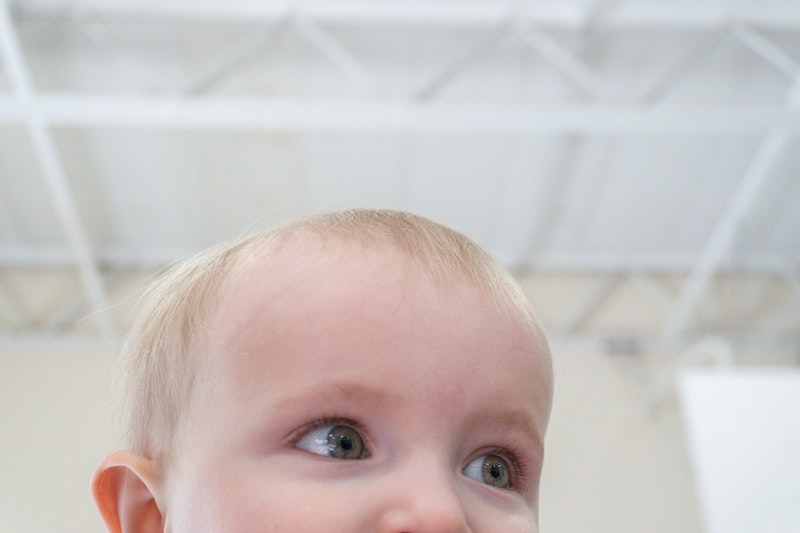August is Vision & Learning Month, a national observance established in 1995. The goal of this observance is to help educate parents, educators and caregivers about the prevalence of vision problems in children that often go undiagnosed or even misdiagnosed. According to the Vision Council of America, one out of every four children has an undiagnosed vision problem that interferes with learning.
Vision problems that show up at a young age can not only worsen if not diagnosed early enough but can create additional problems. For example, if a child has a “wandering eye, it could be a sign of Strabismus, a condition where a child’s eyes are unable to properly align together to look at an object. As one eye weakens, a child’s brain can begin to “ignore” that eye, furthering the discrepancy. Without the ability to see properly out of both eyes, a child can lose depth perception and struggle with focusing, particularly when learning to read.

Here are some ways to support vision and learning in young children.
1. Stimulate Vision and Visual Skills
According to the American Optometric Association, you can engage children in specific activities that help support and enhance vision. Playing with other children provides some helpful eye stimulation, particularly activities that require hand/eye coordination such as tossing and catching a ball, building with blocks, assembling puzzles, as well as drawing and painting.
2. Watch for Signs of Vision Trouble
The American Optometric Association lists some signs of children’s vision or eye trouble on their website. For children up to 24 months old, some signs can include excessive tearing, red or encrusted eyelids, constant eye turning and extreme sensitivity to light. For children ages two to five, signs include holding a book too close to their face, squinting, tilting their head, covering up one eye when looking, and frequent eye rubbing. If a child is having difficulty recognizing colors and shapes, and later letters and numbers, these could be signs of issues with their eyes and vision.
Some behavioral changes in a child could also signify a vision issue including a sudden onset of frustration when looking at things or faced with activities that require vision such as coloring and puzzles. Certain vision problems can be exhibited by difficulty with eye-hand-body coordination. A “clumsy” child may be having issues with their eyesight and even depth perception.
3. Perform a Simple Eye Test
Connect with parents and share your observations about a child’s struggles that could be attributed to vision issues. Encourage them to administer a home eye test. The American Academy of Ophthalmologists provides instructions for performing home eye tests on their website and even provides free, downloadable eye charts designed for various ages including one for toddlers or children who are not yet able to identify the alphabet.
4. Share Educational Materials About Vision
Caring for children is a partnership between parents and caregivers. Open communications and sharing resources is key to ensure that all stakeholders in a child’s wellbeing are informed and up-to-date with information necessary to keep a child safe and healthy. Check the websites for the American Optometric Association and American Academy of Ophthalmologists as well as reputable medical sites such as KidsHealth and the Mayo Clinic’s Eye Symptom Checker.
Use Childwatch’s Parental Engagement Tools to document each child’s daily activities and make note of progress as well as any observations that could signal the need for an eye exam. The archived notes are convenient to have when looking at behaviors over an extended period of time to identify potential issues.
Through careful observation, sharing observations and resources, and clear communications, everyone can participate in the future vision of every child.

